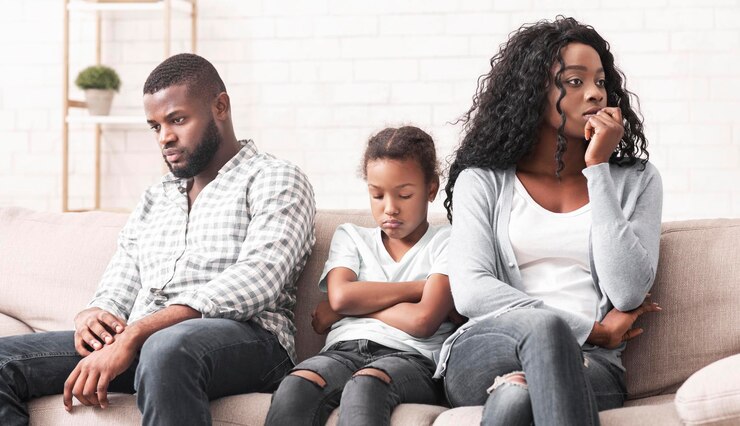HANDLING SUNBURN IN CHILDREN
When Mary’s son started complaining that his face was uncharacteristically hot following a school trip, she dismissed his distress call as one of the many mysterious childhood ailments that would probably pass within an hour or two.
While those with darker skin coloring tend to be less sensitive to the sun, everyone is at risk for sunburn and its associated disorders. Children especially need to be protected from the sun’s burning rays, since most sun damage occurs in childhood.
Like other burns, sunburn will leave the skin red, warm, and painful. In severe cases it may cause blistering, fever, chills, headache, and a general feeling of illness.
Your child doesn’t actually have to be burned, however, in order to be harmed by the sun. The effects of exposure build over the years, so that even moderate exposure during childhood can contribute to wrinkling, toughening, freckling, and even cancer of the skin in later life.
Also, some medications can cause a skin reaction to sunlight, and some medical conditions may make people more sensitive to the sun.
Treatment
The signs of sunburn usually appear six to twelve hours after exposure, with the greatest discomfort during the first twenty- four hours. If your child’s burn is just red, warm, and painful, you can treat it yourself. Apply cool compresses to the burned areas or bathe the child in cool water.
You also can give acetaminophen to help relieve the pain. (Check the package for appropriate dosage for her age and weight.)
If the sunburn causes blisters, fever, chills, headache, or a general feeling of illness, call your pediatrician. Severe sunburn must be treated like any other serious burn, and if it’s very extensive, hospitalization sometimes is required. In addition, the blisters can become infected, requiring treatment with antibiotics. Sometimes extensive or severe sunburn also can lead to dehydration and, in some cases, fainting (heatstroke). Such cases need to be examined by your pediatrician or the nearest emergency facility.
Prevention
Many parents incorrectly assume that the sun is dangerous only when it’s shining brightly. In fact, it’s not the visible light rays but rather the invisible ultraviolet rays that are harmful. Your child actually may be exposed to more ultraviolet rays on foggy or hazy days because she’ll feel cooler and therefore stay outside for a longer time. Exposure is also greater at higher altitudes.
Even a big hat or an umbrella is not absolute protection because ultraviolet rays reflect off sand, water, snow, and many other surfaces.
Try to keep your child out of the sun when the peak ultraviolet rays occur (between 10 A.M. and 4 P.M.).
In addition, follow these guidelines:
Always use a sunscreen to block the damaging ultraviolet rays. Choose a sunscreen made for children with a sun protection factor (SPF) of at least 15. (Check the label.)
Apply the protection 15 to 30 minutes before going out.
Keep in mind that no sunscreens are truly waterproof, and thus they need to be reapplied every one and a half to two hours, particularly if your child spends a lot of time in the water.
Consult the instructions on the bottle.
Dress your child in lightweight cotton clothing with long sleeves and long pants.
Use a beach umbrella or similar object to keep her in the shade as much as possible.
Have her wear a hat with a wide brim.
Babies under six months of age should be kept out of direct sunlight. If adequate clothing and shade are not available, sunscreen may be used on small areas of the body, such as the face and the backs of the hands.
Published in August 2016




